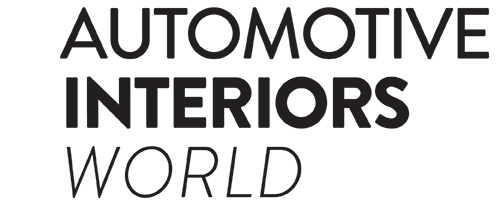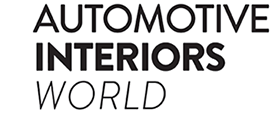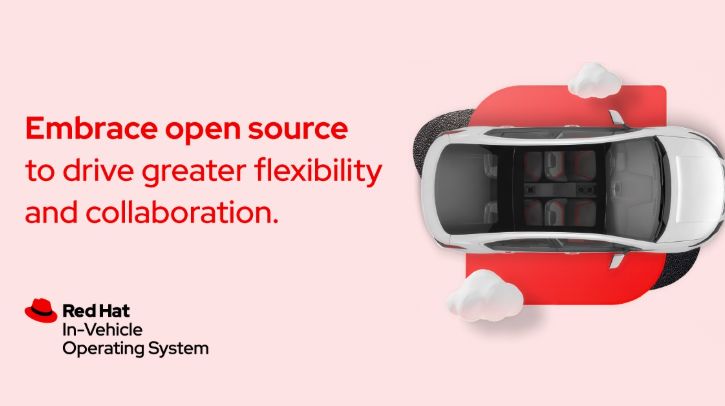Red Hat’s In-Vehicle Operating System has achieved functional safety certification as a Safety Element out-of-Context (SEooC) against the ISO 26262 Edition 2, 2018- Level ASIL-B standard and is now due for full release in Q3 2025.
The company states that it “believes open source will catalyze a radical transformation in the automotive sector, empowering businesses to meet the complex demands of software-defined vehicles”. As part of this shift, Red Hat has delivered a cloud-native, software-centric approach to automotive design where auto makers can start software development in the cloud, seamlessly transition to virtual simulations and deploy on actual hardware without rewriting software.
The platform is designed for a wide range of applications, including advanced driver-assistance systems (ADAS), digital cockpits, body control, telematics, infotainment and even the integration of cutting-edge AI models within the vehicle.
Functional safety certification
Red Hat In-Vehicle Operating System is a safety-certified, Linux-based OS, optimized for critical automotive needs. This includes superior boot times, real-time performance and robust freedom from interference (FFI) capabilities, meaning non-safety-critical applications like infotainment or GPS systems cannot compromise essential safety functions.
With the Red Hat In-Vehicle Operating System, customers will receive a comprehensive Safety Guidance document, including critical Assumptions of Use (AoUs) and related safety artifacts. Furthermore, Red Hat will offer a tailored software development kit (SDK), leveraging Red Hat’s extensive portfolio of hybrid cloud and application development solutions and enabling customers to easily translate cloud-based innovation into in-vehicle experiences – a defining characteristic of the software-defined vehicle revolution.
Red Hat is collaborating with companies in the automotive silicon hardware ecosystem, including Arm, Intel, NXP, Qualcomm, Renesas and Texas Instruments to pre-qualify the operating system on relevant platforms and upstream associated drivers. Red Hat will also roll out a cadence of specific qualified hardware platforms within the scope of the safety certification, beginning with a Renesas device at launch and followed closely by a Qualcomm device.
Red Hat Summit 2025
Red Hat has also announced the expansion of its partner ecosystem to support its In-Vehicle Operating System. This collaboration includes silicon vendors, middleware providers, software developers and system integrators, and aims to accelerate the development of software-defined vehicles. By pre-integrating key technologies, Red Hat helps auto makers design and deploy advanced in-vehicle systems more efficiently, supporting faster innovation, greater flexibility and enhanced user experiences.
In related news, QNX, a division of BlackBerry, has introduced QNX Hypervisor 8.0, an advanced embedded virtualization platform designed to simplify and accelerate software development. Click here to read the full story



